Credit: Virtuoso & the Italian National Tourist Board
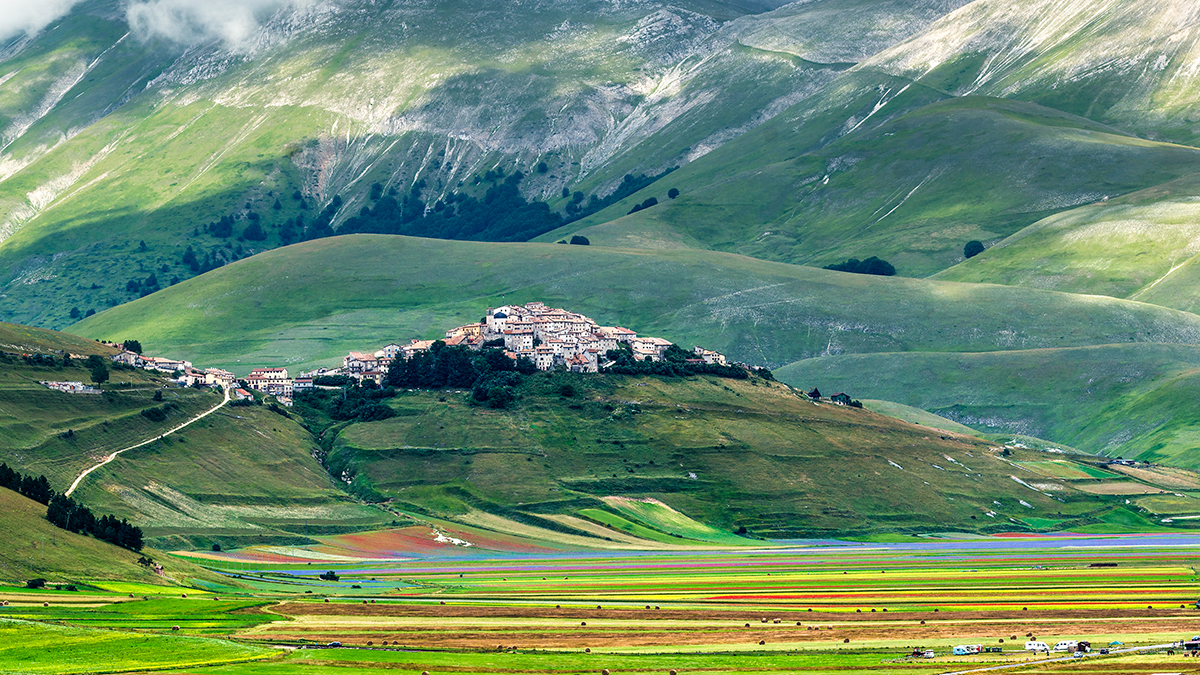
Getty Images
A quiet revival may be the key to a new type of travel.
There’s a renaissance in the works in Italy. Led by the mayors of Florence and Venice, the movement aims to better limit tourist crowds and provide travelers with a refreshed dolce vita experience, so they can explore the country’s beauties in a leisurely, more sustainable way. As international travel reopens, take this chance to think creatively about vacation plans. For example, how about Rome in late fall and winter, when high temperatures are in the mid-50s and 60s and the baristas in the Sant’Eustachio neighborhood actually have time to chat, instead of juggling nonstop cappuccino orders?
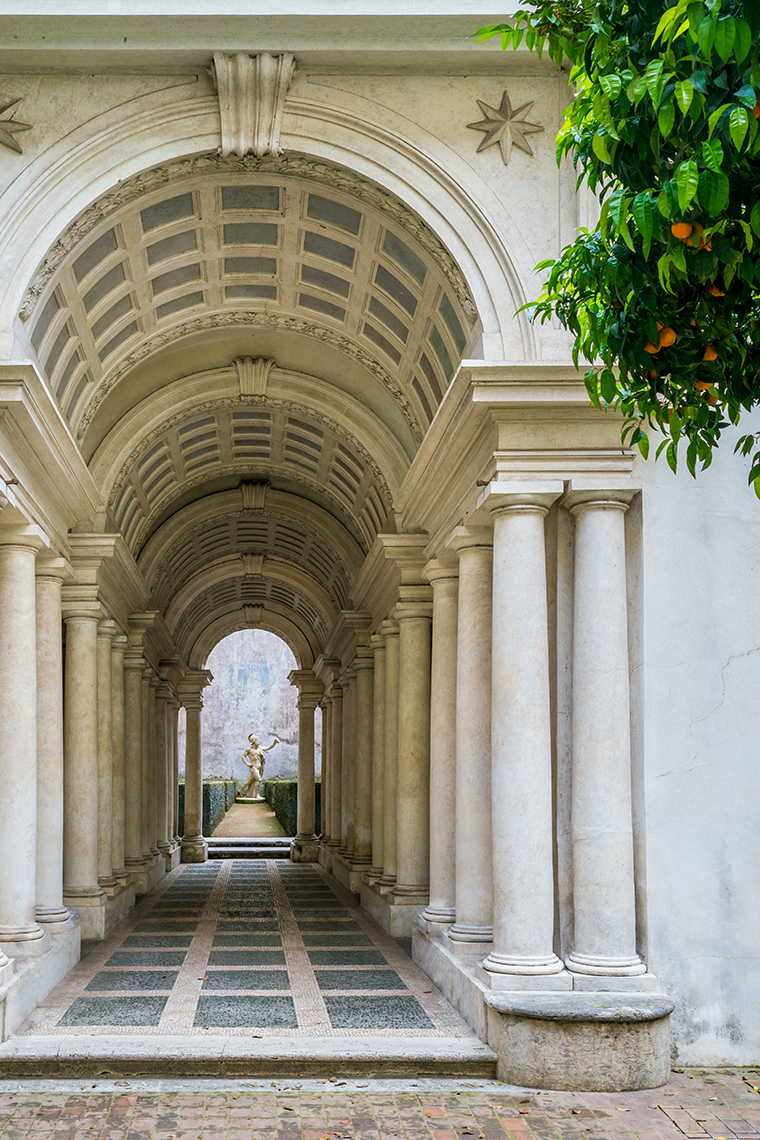
Getty Images
Savvy travelers (and their advisors) know that vacationing in the low and shoulder seasons can lead to more-enjoyable times in tourist hot spots. And their top recommendation for hitting Italy in the high season? Consider its off-the-beaten path destinations. Below, four new local projects and less-explored destinations worth traveling for.
See Masterpieces without the Mob Scene
In recent years, what travelers might remember most from visiting Florence’s Uffizi Gallery is dodging selfie-takers in front of Botticelli’s Birth of Venus. (Of course, Virtuoso advisors can help you find the best time to visit with fewer crowds – and may even be able to secure a VIP after-hours visit. Eike Schmidt, the gallery’s director, envisions a different scenario with his Uffizi Diffusi, or “scattered Uffizi” program, planned to launch this summer.
The program will scatter art treasures around Tuscany, taking masterpieces out of the museum’s storerooms and displaying them in 60 to 100 diverse towns. Schmidt says the idea echoes back to what the Medici family envisioned for Tuscany during the Renaissance, when they built countryside villas, filled them with commissioned art, and opened them to visiting friends. In fact, several potential host locations include Medici villas, such as the Careggi in Florence’s northern suburbs, where Schmidt plans to return two Botticellis so the public can see them hanging in their original home.
Each artwork will have a link to its new location. For example, paintings created in the Napoleonic era might be displayed on Elba, where the army commander was exiled, while Masaccio’s fifteenth-century masterpieces will go to his birthplace, the historic center of San Giovanni Valdarno, a charming spot just a half-hour train ride from Florence.
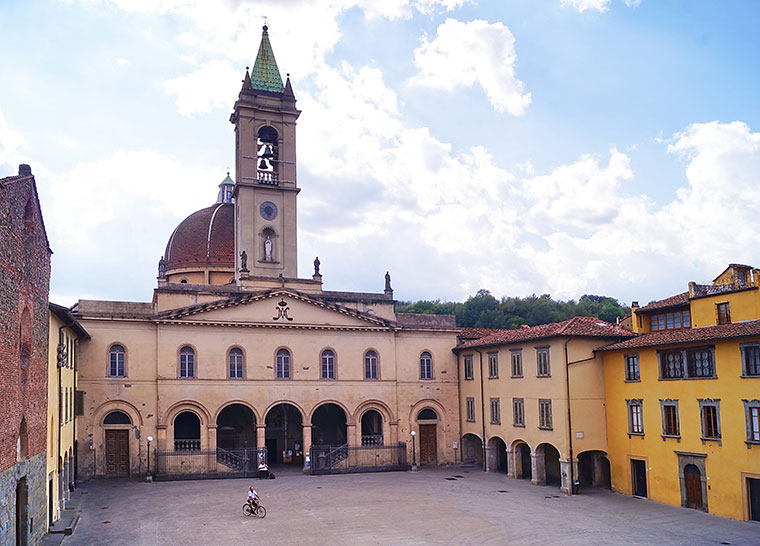
Getty Images
“This gives me fabulous day-trip ideas,” says Virtuoso advisor Roxana Lewis. “I’d send travelers to the Medici villa in Seravezza. It’s a beautiful setting surrounded by rivers, and with the added masterpieces and lunch in the nearby artisan town of Pietrasanta, it would make a wonderful experience.”
Along with encouraging travelers to discover hidden corners of Tuscany, Uffizi Diffusi will also bring a lift to the locals in each location, who’ll be proudly living side by side with treasures from their past.
Celebrate Italian Nature
From the northern Dolomites to Sicily’s smoldering Mount Etna, Italy’s natural terrain offers its own type of inspiring exhibit. A new project, the Sentiero dei Parchi (Path of the Parks), gives hikers a chance to trek refurbished and newly built trails that link all 25 of the country’s national parks.
These trails give travelers a vastly different experience from city touring, including new ways to experience Italian culture. Among the many attractions en route: the ruins of a ninth-century monastery on Abruzzo’s sacred Majella massif and, in Calabria’s Pollino National Park, the Grotta del Romito, a cave with prehistoric carvings.
Virtuoso advisor Camille Cutrone Holubar recommends trekking in Umbria and Le Marche’s Monti Sibillini Park. “We love to send travelers there as a break between Florence and Rome to discover a part of Italy most don’t know about,” she says. “The big surprise is staying at the luxurious 24-room Palazzo Seneca, which has a Michelin-starred restaurant – perfect after a day of hiking.” The Bianconi family, who run the hotel, love connecting guests with Umbrian culinary traditions, such as hunting for black truffles or visiting butchers in Norcia, famous worldwide for their cured meats. Though the park is beautiful year-round, with skiing in winter and white-water rafting in summer, Holubar says it’s best in the spring, when travelers have a chance to catch the fiorita, a sudden blooming of wildflowers that blankets the valleys.
Say Ciao to Capri’s Folksy Neighbor
The Bay of Naples’ island of Ischia has attracted pleasure-seekers since the days of the ancient Greeks, who came to soak in its healing hot springs, which still flow from Ischia’s dormant volcanic terrain. Today, Ischia’s 300 thermal parks and spas make it Europe’s largest thermal-water destination. Though it’s popular with Continental tourists, the island hasn’t caught on with North Americans – yet.
While its more glamorous neighbor, Capri, attracts parades of cruise ship passengers, Ischia offers the more authentic Italian experience. As Virtuoso advisor Jolene Detillion says, “It’s the Amalfi coast without the craziness.” Besides the blissful spa scene, the region is home to lively port towns, artists, seaside coves and sandy beaches, family-run wineries, and a culinary scene that ranges from Neapolitan-style pizzerias to Michelin-starred restaurants.
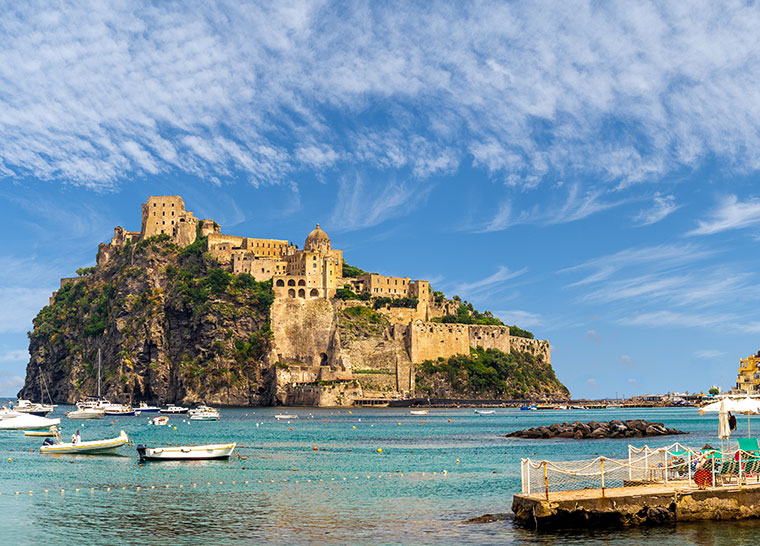
Getty Images
The 52-room Mezzatorre Hotel & Thermal Spa, a former fifteenth-century watchtower converted into a luxurious oasis, is Detillion’s top choice for clients. “And Aragonese Castle is always such a surprise,” she says. The rambling structure rises from its own islet and makes for a fascinating wander through 2,500 years of regional history.
Discover an Ancient Roman Ghost Town
“I always love sending clients to hidden gems, such as the ancient city of Herculaneum,” says Virtuoso advisor Elizabeth Breault. “It’s so easy to slip in on a transfer between Naples and the Amalfi Coast, as you can visit the whole site in a few hours. It can be a very emotional, more profound experience than Pompeii.” Like Pompeii, Herculaneum was buried by Mount Vesuvius’ eruption in ad 79, but is smaller and much less crowded. It’s also better preserved, as the lava flow that raced through town fossilized everything for thousands of years. Pompeii, on the other hand, got buried in an avalanche of ash, so buildings collapsed and paintings faded.
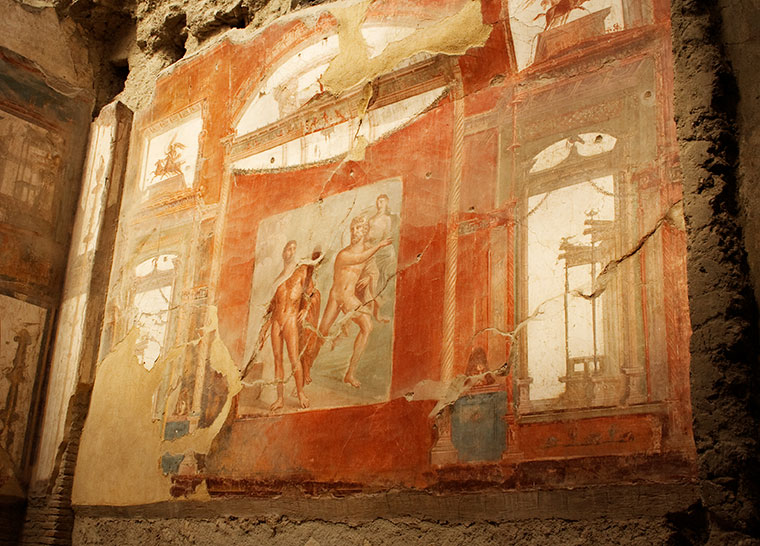
Getty Images
Exploring Herculaneum feels like poking around a fabled ghost town. Entering the ruins of its once elegant villas, travelers discover vibrant mosaics, marble floors, frescoes of mythological scenes painted in cinnabar red and Egyptian blue, and even wooden doors and beds that survived. You can imagine daily life here, where wealthy Romans came for seaside holidays to cut loose with their friends from the city, much like the Hamptons of our times. The boathouses reveal a harrowing sight: skeletons, caught in frantic poses, trying to escape on that tragic day.
Funding and new leadership have improved Herculaneum visits in recent years through better walkways, a museum with jewelry and artifacts, and 16 sites to explore, compared to only five in 2016. The future looks promising, and locals hope to reopen the Villa dei Papiri, one of history’s most luxurious seaside estates, with a library where some 1,800 papyrus scrolls were found. The best part about discovering links to the past: learning how to craft a brighter future.
Like Herculaneum, much of Italy has been overshadowed by its most popular destinations. As Europe and Italy reopen, ask your advisor to steer you toward Italy’s best-kept secrets and join the renaissance of a more conscious and sustainable way of travel.
Courtesy of Virtuoso